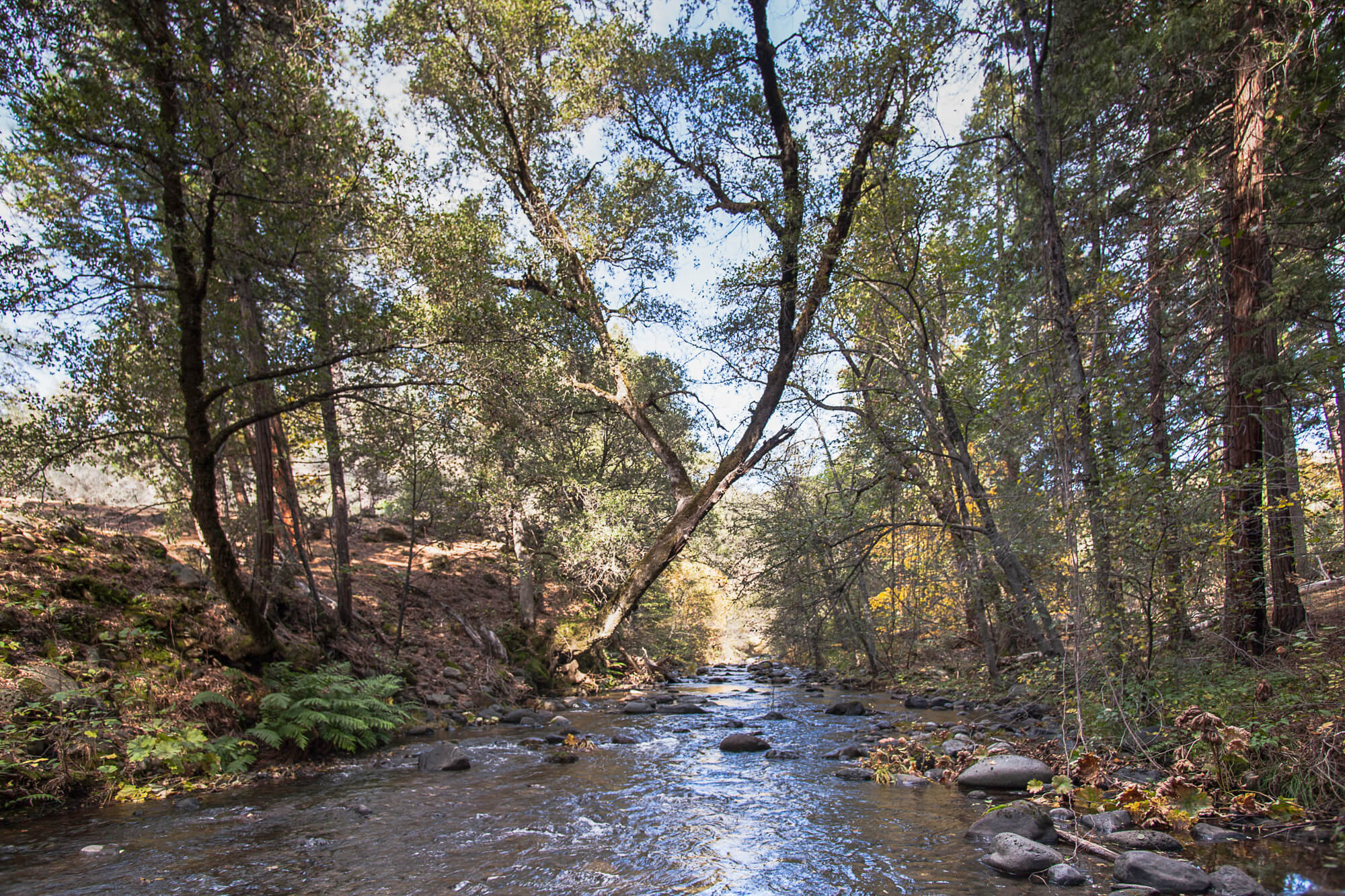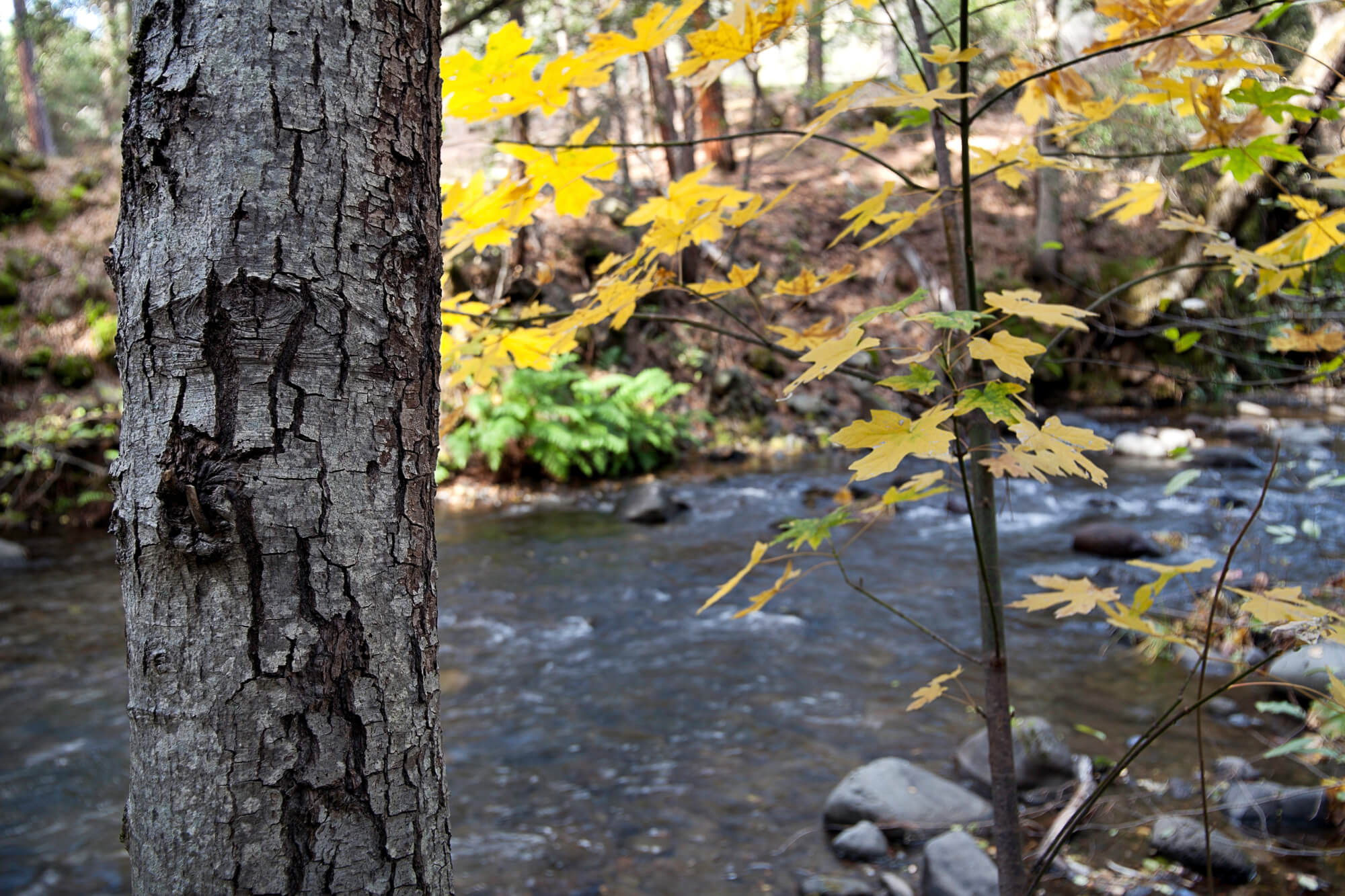A lifeline for salmon and steelhead
Antelope Creek flows from remote forested headwaters on the flanks of Mount Lassen to the Sacramento River, which it meets just south of the city of Red Bluff, California. Along with Mill Creek and Deer Creek to the south, Antelope Creek is one of the healthiest remaining tributaries to the upper Sacramento River, supporting wild runs of threatened winter steelhead and threatened spring and fall Chinook. Due to the stream’s continued wild salmon and steelhead production, Antelope Creek is included in the Sacramento Salmon Stronghold, one of only six such rivers in California. Given the importance of this stream, state and federal agencies have invested millions of dollars to improve fish habitat in the basin.
In spring 2020, Western Rivers Conservancy permanently protected a 1,150-acre property along 2.5 miles of South Fork Antelope Creek, a crucial tributary to Antelope Creek. The property lies on the western side of Lassen National Forest and has giant old-growth ponderosa pine and incense cedar, which line the stream within a deep, shaded canyon. Above the canyon bottom, live oak savanna gives way to shrub and grasslands that provide important habitat for wildlife.
Protecting habitat, enhancing recreation
South Fork Antelope Creek contains some of the highest biodiversity in the Lassen National Forest. As a testament to the property’s outstanding wildlife habitat, California’s first documented wolf in decades, OR-7, spent an entire winter foraging on this property. Coupled with the downstream Tehama Wildlife Area, the property also serves as crucial winter range for Tehama black-tailed deer, an important migratory population. The property supports a variety of other wildlife as well, including mountain lion, black bear, bald eagle, golden eagle, prairie falcon, peregrine falcon and western pond turtle.
Antelope Creek is also a popular destination for hikers, equestrians and whitewater kayakers. A trail that begins downstream of the conservation property, in the Tehama Wildlife Area, follows South Fork Antelope Creek to the property’s western boundary and could be extended across the property and into the national forest.
By conveying the property to the National Forest, WRC conserved a key reach of a healthy salmon and steelhead stream in an area with excellent predator and big game habitat. The project permanently conserved a key spawning and rearing reach within a designated Salmon Stronghold, while protecting winter range for an important migratory deer population. It also expanded recreational opportunities within a highly scenic area only an hour’s drive from the county’s largest population center.











